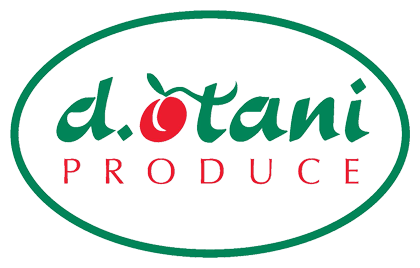![]() The most polluted town in the world for the past week is Portland, OR, as dozens of fires have inundated the skies up and down the Pacific Coast with a very smoky atmosphere and unhealthy air. The conditions have slowed or delayed harvest of many crops, tightened supplies and resulted in a reduction of wholesale business, at least in Portland.
The most polluted town in the world for the past week is Portland, OR, as dozens of fires have inundated the skies up and down the Pacific Coast with a very smoky atmosphere and unhealthy air. The conditions have slowed or delayed harvest of many crops, tightened supplies and resulted in a reduction of wholesale business, at least in Portland.
Chuck Botsford, president of Botsford & Goodfellow Inc. in Portland, told The Produce News on Tuesday, Sept. 15, that a couple of local retail chains cancelled orders the previous day because they had to shut their doors due to the unhealthy conditions and the fact that the smoky air was causing smoke alarms to go off within the stores. He said watermelon sales were especially hard hit, as they tend to be consumed outdoors at picnics and there have been none of those almost anywhere in the western half of Oregon -- as well as Washington and California -- for the past week or two.
He added that the company has had to halt harvesting in its sweet corn fields in nearby Albany because the corn wasn’t growing. “We are seeing no sun and the corn is getting no heat units,” he said. “Instead of 80-degree days, the temperature is in the 50s and 60s.”
Botsford said that might be a tiny silver lining in this unfortunate situation as high August temperatures were bringing on the corn very quickly. “We might have lost some corn as it was getting overripe because we couldn’t harvest it as fast as it was growing,” he said.
Further south in California’s Salinas Valley, Mark Shaw, vice president of operations for Markon Cooperative Inc., called the weather and the skies “amazing,” noting that fire, smoke and high heat have all played a role over the past couple of weeks in the harvesting of vegetable crops. He said light ash was falling again in the Salinas Valley, creating another buildup of ash on vegetable and fruit crops, especially the open-headed items such as Romaine and Red and Green Leaf lettuce. He added that harvesting delays were occurring as the unhealthful conditions were causing shorter worker days.
Shaw said there did not appear to be a direct impact on fresh crops, as there isn’t a lasting effect on vegetables as there is on other items such as wine grapes. “I have two wine grape grower friends in the valley who are going to lose their Pinot Noir crops because of smoke taint,” he said. “That doesn’t happen to vegetables, but the ash does trickle down to the heart and you can’t get that out by just shaking it.”
Markon is an exclusive supplier to the foodservice industry so he said ash is not a huge problem as the heads are washed prior to use by restaurants and other operators.
Art Barrientos, vice president of harvesting for Ocean Mist Farms in Castroville, CA, said the smoke and the earlier heat have caused some quality issues with the crops “that we continue to work through.”
He explained that high temperatures cause rapid growth that induces plants such as broccoli and cauliflower to spread out and not form the tight cores that are preferred for those two commodities. The smoky conditions of the last two weeks have resulted in low natural light, which slows the growth and is forcing plants such as Romaine and the lettuces to “stretch and reach for the sunlight” causing them to elongate. He called these conditions “aesthetic deficiencies,” which result in lower yields on a per-acre basis.
While the smoke was still “pretty bad” in mid-September, the Ocean Mist executive was expecting the conditions to improve over the next week or two and predicted that within three to four weeks supplies should be back to normal.
Like other California growers, Barrientos said Ocean Mist gears up its production in the October-November time frame as the regional deals across the country wane and the holiday pull lurks on the horizon.
Even further south in Santa Maria, CA, Denny Donovan, sales manager for Fresh Kist Produce, said the September smoky skies and the late August/early September heat wave combined to tighten supplies and strengthen markets.
“It has been smoky as hell here,” he said Sept. 15. “Today we have a layer of smoke and a layer of fog and no sun.”
It is this lack of sun that has retarded growth of many vegetable crops and tightened markets. “Flower (cauliflower) and celery are about the only two items that haven’t been affected,” Donovan said.
Those two staple items had f.o.b. prices in the $8-$9 range, while Iceberg lettuce doubled in price over the past week to $18-$19 and Romaine hears were in the upper $20s. He said Romaine and Romaine hearts have remained strong through much of the summer as less planted acreage has combined with lower yields to create a market with legs.
Donovan predicted that supplies of many vegetables would be light until the calendar turned to October. “From October 1 to December 1 is our prime time,” he said. “That’s when we have our heaviest production of the year and it looks like those fields are on target to deliver.”

